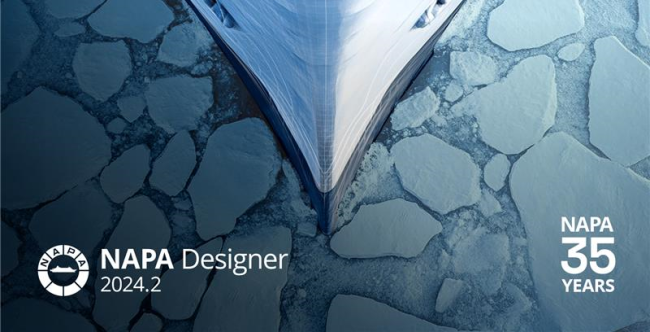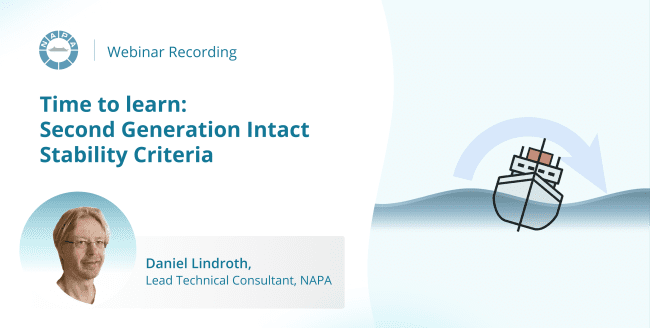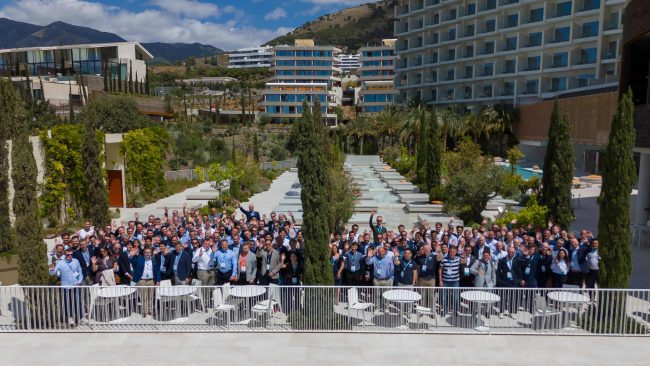Navigating the next era of ship design in Japan
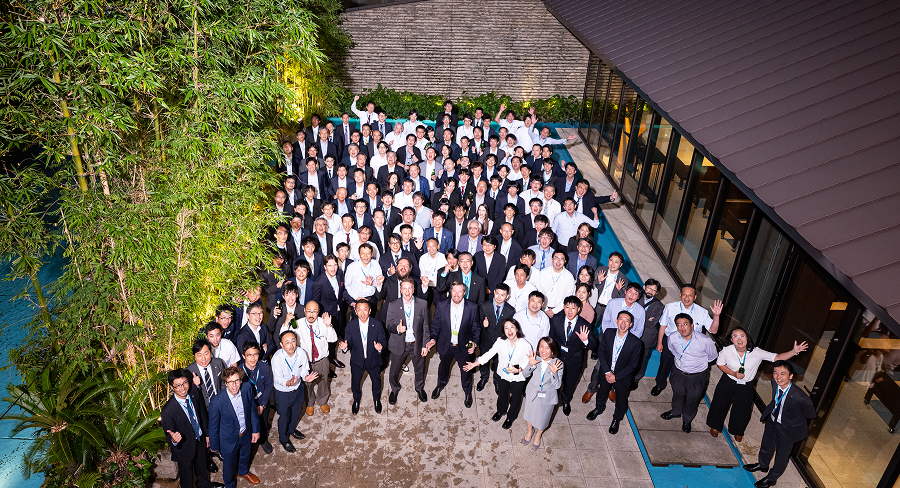
NAPA once again returned to Japan with a splash, attracting over 130 participants from 54 organizations for its NAPA User Seminar Japan last autumn in Kobe, Japan. With each year, we’re getting bigger and better and this time, we set a record for the largest turnout to date which is a testament to the market’s appetite for innovation and collaboration.
We’ve come a long way since 2002 when we held our first NAPA User Seminar in Japan. What keeps the industry coming back? Yoko Kobayashi, the organizer of this event, and Assistant in Design Solutions, explained,
This seminar is an invaluable opportunity to meet customers in person and receive direct feedback. For the NAPA Japan team, the growing number of attendees reflects our business growth and the expanding NAPA community. This event also serves as an excellent team-building exercise, as we all work toward a common goal of hosting a successful seminar each year.
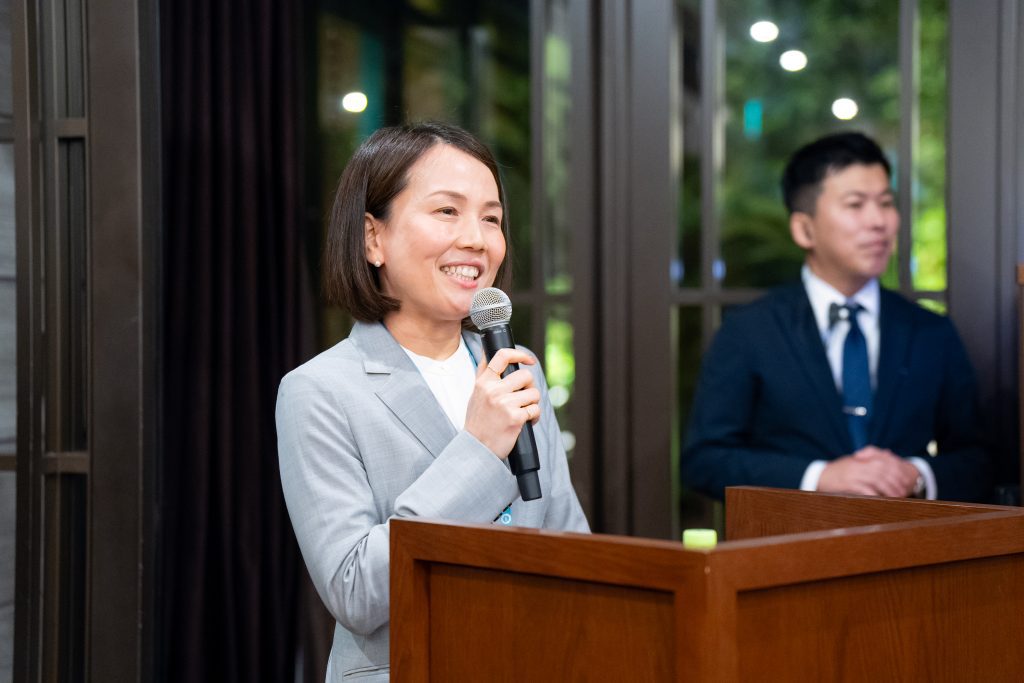
Yoko Kobayashi, the organizer of this event, and Assistant in Design Solutions
At a time when the industry is navigating unprecedented change, the theme, following the NAPA User meeting’s focus on “Accelerating the Future of Ship Design”, comes at the perfect time. Throughout the Seminar, it was clear that the future of ship design is one that is multi-stakeholder and collaborative.
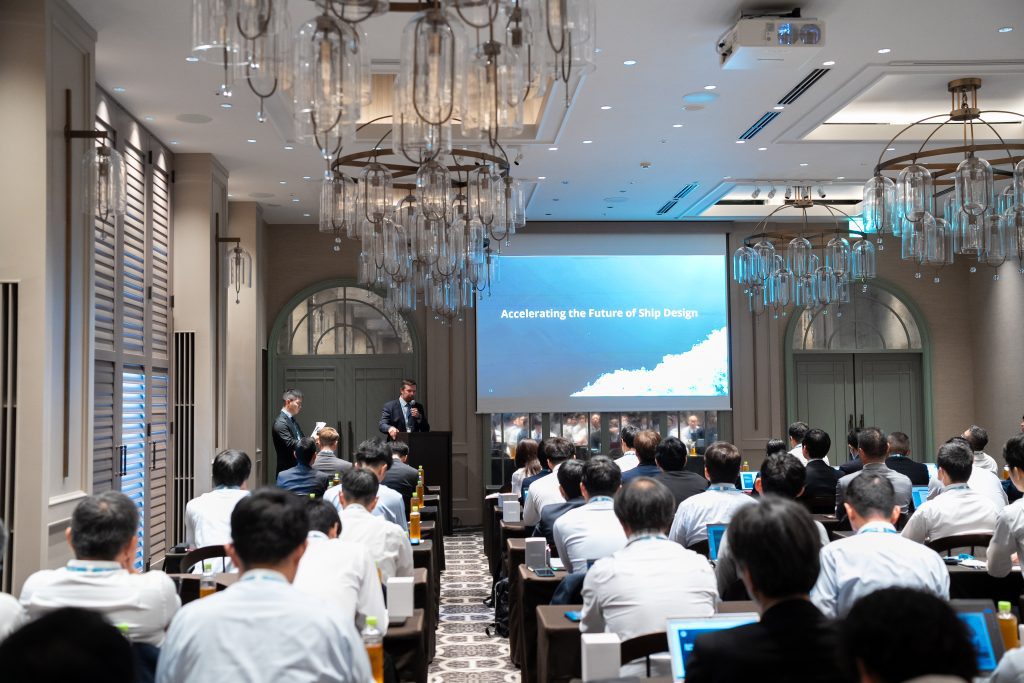
Mikko Kuosa, CEO of NAPA group is delivering welcome words at NAPA User Seminar Japan 2024
Building this future, we’re crossing competitive boundaries and bringing the industry together, presenting attendees with the unique opportunity to meet other experts and discuss the future of ship design. This gives us and our customers a competitive advantage, benefitting from practical insights into ship design and operations from the frontlines. Throughout the seminar, we got to hear from pioneering leaders in the Japanese maritime industry on their experiences with NAPA, such as ClassNK, NYK Line, Asakawa Shipbuilding, Nihon Shipyard, MTI, Tsuneishi Shipbuilding, Namura Shipbuilding, and Mitsui Engineering & Shipbuilding.
How did it all turn out? Take a look at the key takeaways from the seminar.
Digital transformation: Digital twins and extended 3D workflows
Digital twin technology in ship design is not new, but in Japan, it is evolving through greater collaboration and innovation. By uniting design data, operational insights, and 3D models into a ‘single source of truth,’ digital twins create a more seamless workflow, minimizing inconsistencies and optimizing resources throughout a vessel’s lifecycle.
Beyond streamlining design processes, they also enable secure data sharing, allowing stakeholders to refine future designs while maintaining a competitive edge. This potential was a key focus at the User Seminar, where experts discussed how digital twins can strengthen collaboration between shipowners, designers, and operators, ultimately enhancing both safety and fuel efficiency.

Mr. Murakami and Mr. Sasaki from ClassNK are presenting ”Creating new value by sharing ship design and operation data – Towards the realization of digital twins”
This paradigm shift was encapsulated in ClassNK’s presentation, titled “Creating New Value by Sharing Ship Design and Operation Data – Towards the Realization of Digital Twins.” It dived into how 3D models and digital twins can bridge the knowledge gap between ship designers and shipping companies closer to understanding better practical insights into a vessel’s design, and operational realities.
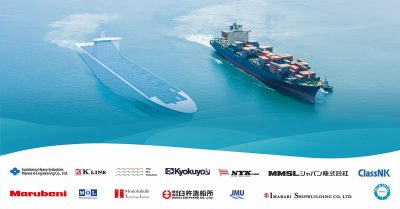
Tetsuro Ashida, Digital & Environment Specialist at MOL, highlighted the importance of digital tools for simulations, innovation, and fuel optimization, stating, “From a shipowner’s perspective, this is a very important topic.” The Digital Twins project by NAPA Studios with MOL, ClassNK, and other maritime leaders aims to create a secure data-sharing framework between shipyards and shipowners, advancing digital twin adoption – using ship design data for fuel efficiency supports the industry’s efforts to cut emissions and meet stricter regulations. Ashida added,
With the increasing importance of fuel efficiency and green technologies, I believe ship design data can play a critical role in supporting these goals.
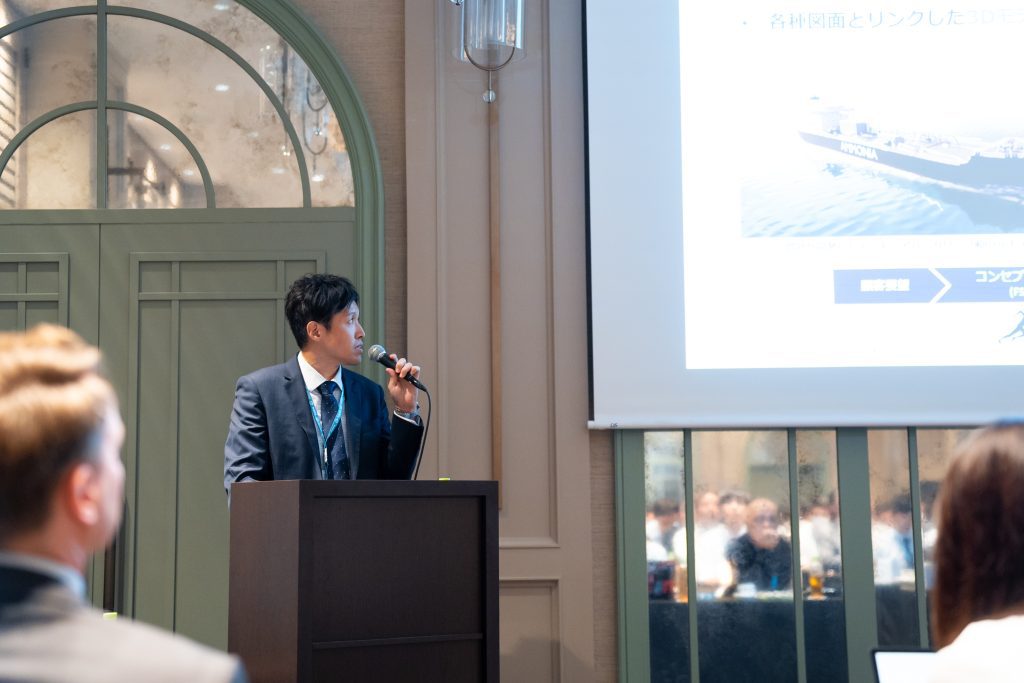
Mr. Hotta from NYK is giving a presentation ” Utilizing 3D design technology in shipping companies – the challenge of basic design for new ships and its significance”
The NYK Line team shared their experiences in their presentation, emphasizing, as a ship owner, how they utilize 3D design technology to carry out new concept development for container ship designs, emphasizing its impact on the basic design phase. They first developed the concept in-house and then leveraged 3D drawings on NAPA Steel to share the concepts and obtain class approval.
The presentation from NYK Lines was the most interesting one. They tackled the 3DMBA for the Multi Purpose Container Carriers, which is a challenging initiative. It’s impressive because shipowners are making efforts in ship design, which is a big step for them. – Toshihisa Cho, Manager of digital transformation center and information technology department from ClassNK
NAPA in action: A multi-stakeholder process
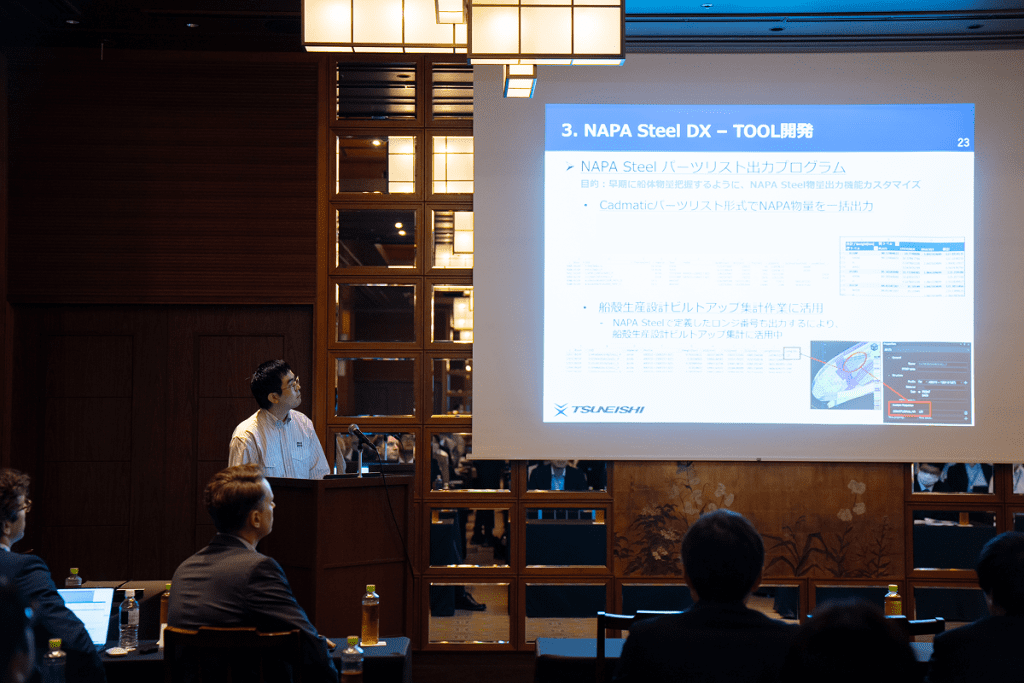
Shen Zhongyue, Chief Engineer at Tsuneishi Shanghai, is giving a presentation ‘History of NAPA Steel and future developments – Aiming for coexistence with CADMATIC HULL’.
The Seminar showcased how tools like NAPA Steel can help extend the use of 3D models and workflows from the early to detail design stages, helping shipyards save time, cost and resource through early-stage intervention. In practice, these tools embody the collaborative spirit we see at the Seminar, contributing to more precise and faster development, which is crucial in a competitive environment where speed and accuracy can make a significant difference.
Conversations at the Seminar demonstrated how these tools have become invaluable for shipbuilders, especially in managing complex design requirements and meeting regulatory standards.
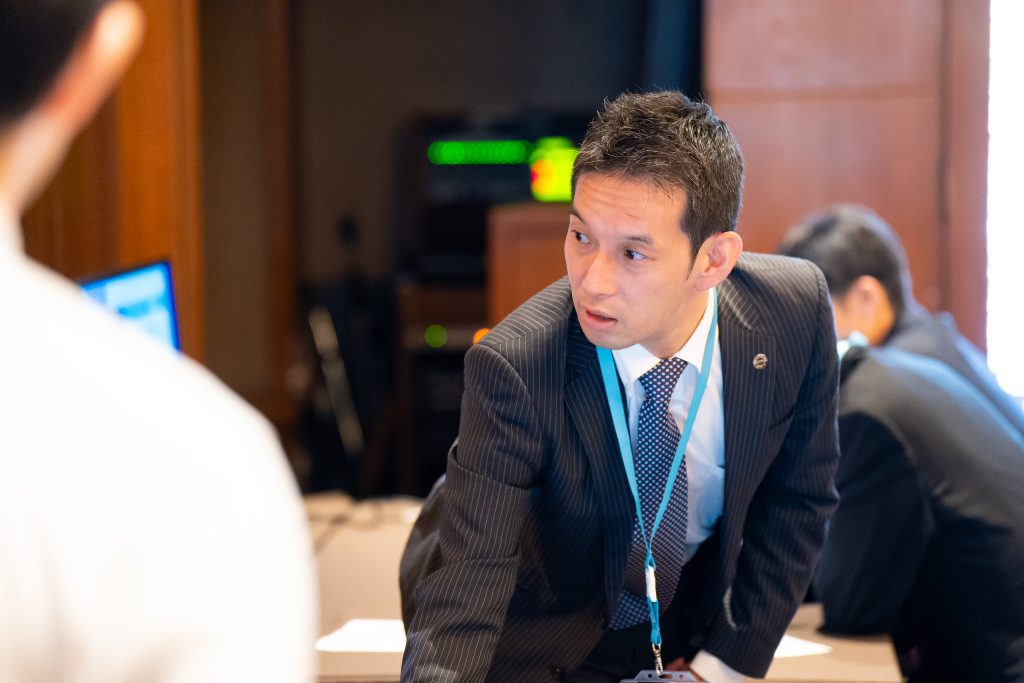
Kazunori Aoki, Key Account Manager at NAPA Design Solutions
Using NAPA Steel, particularly in the early design phase, ship designers can create 3D models that will be used throughout the vessel’s lifecycle (and are compatible with other CAD software). This streamlines all communications and facilitates efficient design changes and rapid iterations, furthermore enables testing multiple design variations within the same model, including frequent finite element model analyses.
NAPA Steel is increasingly becoming a standard and essential tool for ship designers, even in smaller and medium-sized shipyards. –Kazunori Aoki, Key account manager, Design Solutions, NAPA
Bridging the generational and industry gap
As one of the world’s leading shipbuilding nations, Japan is at the coalface of demographic changes, shifting global market dynamics and the complexities of the energy transition. All of these forces are converging to create a highly competitive space where shipyards, particularly smaller and mid-sized ones, need fresh talent, ideas, processes and technologies.
The collaborative spirit of the NAPA User Seminar is, therefore, the perfect way to bring the industry together to discuss common challenges, share innovative solutions and use cases, and forge partnerships that enhance maritime’s overall resilience, which is no small feat in an industry as global and competitive as ours.
What makes the NAPA User Seminar Japan different is that there’s real scope for veterans and newer entrants alike to exchange experiences and ideas, and push the needle to embrace advanced, tech-driven ways of working. By meeting new people and exploring new ways of thinking, it’s clear why, as Naoki Mizutani, Executive Vice President of NAPA Studios highlights, there’s a palpable “excitement” in the air at the Seminar. He noted “Bringing in new ideas, such as AI technology, and engaging younger users is important for the growth of the industry… The seminar creates an opportunity for veterans and younger professionals to collaborate, share energy, and showcase their performance, which they genuinely enjoy.”
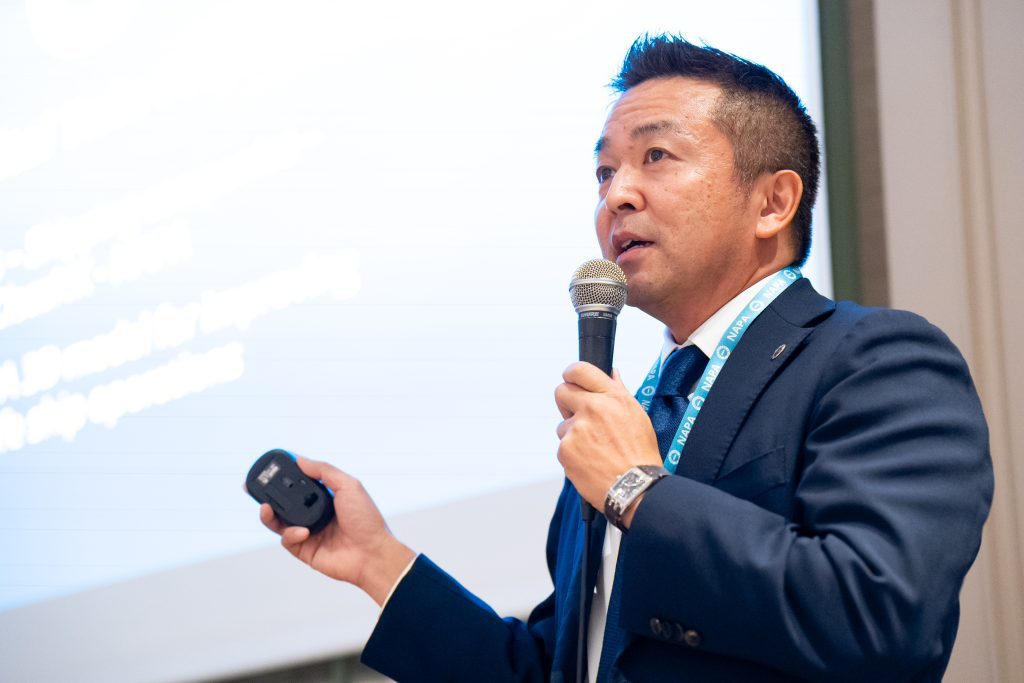
Naoki Mizutani, Executive Vice President of NAPA Studios
The seminar provides a valuable opportunity to engage with different stakeholders. As a small shipyard, we don’t usually interact with big shipping companies directly, so it’s a rare and valuable chance to meet and discuss with them. I’d like to have more practical discussions with these stakeholders in the future. – Takashi Yamamoto, Deputy manager of basic design section from Usuki Shipyard
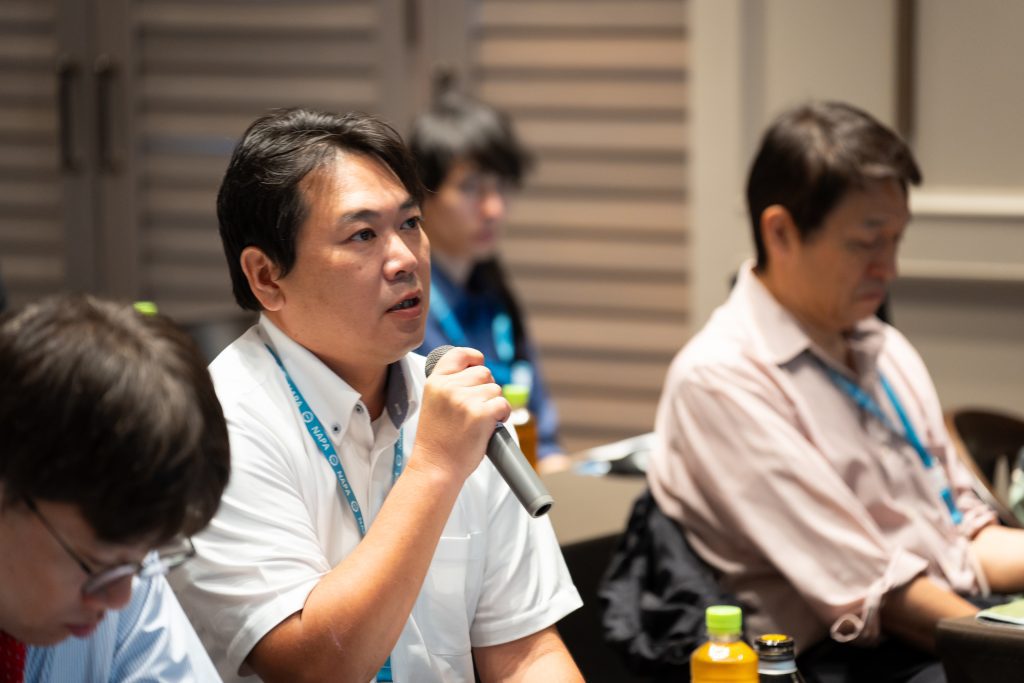
Takashi Yamamoto, Deputy Manager of basic design section from Usuki Shipyard
Why is this collaboration important?
Innovative digital tools are only as good or impactful as the teams and experts that use them. NAPA’s aim with the User Seminars is to galvanize the spirit of collaboration and innovation that is present and growing in the Japanese industry, and beyond.

At the user seminar, participants had the chance to get hands-on experience with NAPA solutions.
Opportunities like this for real collaboration, uniting a diverse range of expertise, are critical to challenging established ways of working, engaging newer talent and breaking down boundaries. With each seminar, every year participants leave with a shared sense of purpose and a commitment to driving positive change in the maritime industry, fostering creative thinking that tackles the challenges we all face today and tomorrow.
